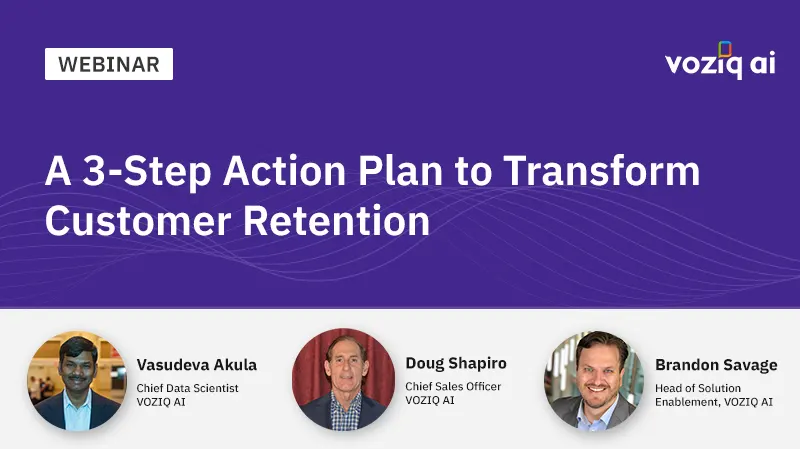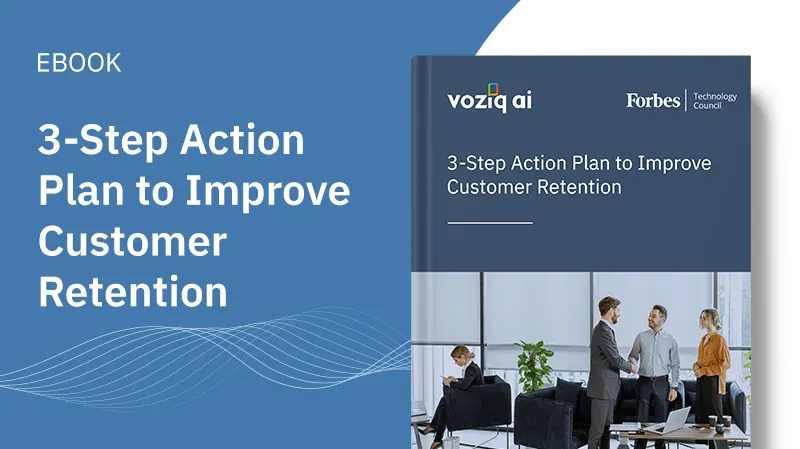Why your customers hate you?

Why your customers hate you?
Every business function, activity, goals and plan is directed towards enhancing the customer experience. It all boils down to developing a strong, satisfied and happy customer base which continually engages your company’s service or product and in turn spread the good word to other potential buyers.
Now imagine what would happen if your customers are dissatisfied with their experience and start hating your service and products? It would mean triggering off bad publicity that, in this age of instant communication, would spread like wildfire and turn your years of hard-earned reputation to dust in no time! It takes only one bad decision or inadvertent negligence on your part to tarnish your image in the market and let your competitors’ take advantage. No business entity ever desires this fallout. Yet, despite that, companies often fail to fully comprehend their market due to incomplete of incorrect evaluations and analysis, and may even deliver less satisfactory customer experiences. Here are some common mistakes that must absolutely be avoided.
So, why your customers hate you?
Not taking into account the end-to-end journey (wholesome customer experience)
Most of the companies with an intention of enhancing customer service, focus their attention entirely on grabbing attention of the customer to buy their product and the feedback later after the use. These, however, are merely touchpoints and in no way descriptive of the entire customer experience. It reveals nothing about the entire customer journey and the overall impression the customer forms in his mind.
Inferior product services due to an absence of customer intelligence
Many a times a company delivers inconsistent product services due to its lack of information about the customers they are engaging with. This can cause a major setback to the quality of customer service it provides. Not possessing the critical information about the customer can lead to highly disarrayed response when the customer approaches for help. For example the most commonplace instance. Suppose there’s a customer who had engaged with your company in the past and after facing certain issues had lodged a complaint. The next time the same customer decides to buy your product/service and contacts you, if you don’t know what you are dealing with in the absence of his/her history, you might again make the same mistake and lose that customer forever!
Acting on incomplete customer data and distorted perceptions of customer expectations
81% of consumers say they would be willing to pay more for better customer service. 70% have stopped buying from a brand because of bad service. Every company has customer data in your possession. However, more often than not, the problem is that this data is unstructured, incomplete or incomprehensible. No actionable insights can be gained out of it. So in the absence of relevant customer intelligence, the company might rely on the disorganized information which would produce an erroneous projection of customer expectations and that would eventually lead to bad service.
Absence of a detailed roadmap of delivering optimized customer journey
The customer journey is like a roller coaster ride with its share of ups and downs. If you don’t have any roadmap or a blueprint before releasing the product/service in the market, you’ll be totally clueless about assessing its reception and overall evaluation of its performance with the customers. Rest everything that follows will just go haywire.
Customer satisfaction is at the root of any company’s success. Voice of customers determines how you will fare in the market and how your company’s policies and strategies will shape. If that is ignored or incorrectly assessed, you would only have disgruntled customers walking away to other options.
Here is how you can offer a satisfying customer experience –
So what can you do to avoid the above-mentioned mistakes?
- Working on actionable customer intelligence that takes into account the chief customer issues that otherwise can be easily overlooked and using that to realign and re-strategize policies and services more in coherence with customer expectations.
Before undertaking any endeavor, you must do a thorough research that is inclusive of complete customer sentiments analysis and tracking of customer needs and wants, their brand experiences and behaviors. Real-time tracking ensures updated accounts capturing the pulse of the customers on a timely basis. - Delivering customer satisfaction by taking into account the end-to-end customer journey, using analytics to gain insights into customer preferences and sentiments, gauging impact of various initiatives and their impact on customers and drawing comprehensive observations through it.
According to a research by Mckinsey & Company, a company’s performance on journeys is 35% more predictive of customer satisfaction and 32% more predictive of customer churn than performance on individual touchpoints.
A lot of content is generated on a daily basis on social media platforms. These conversations, apart from generating customer data, also extract relevant competitive intelligence-competitor strategies, what is working for them and what is not, their own customers, and so on.
According to this, a blueprint can be developed that would be devoid of all common mistakes and inclusive of all good workable aspects assembled from the whole market and restructured and redesigned for your specific customers. Map out every touchpoint the customer has with your company and analyze the kind of interaction that happens at each one of them.
- Combining the data from operations, marketing, sales, customer feedback and competitive research to extract relevant bits of actionable intelligence to further strategize on a priority basis.
Once the intelligence is obtained, it should be operationalized with visual scorecards, event alerts, and role-based reporting for increased efficiency.
With this, customer expectations can be taken into account while product designing. This would eventually help build customer loyalty and customer advocacy by aligning their offerings to their real needs.
- The above process should always happen in synergy of analysts, technology, services, marketers and sales executives. All need to work cohesively in order to arrive at rightfully gauged customer-centered solutions.
Having insightful customer analysis in hand allows for process optimization, timely intervention, product ideation and development, and customization of communication. Having diligently followed the above, you can address the real customer pain points, and deliver an outstanding customer experience.







